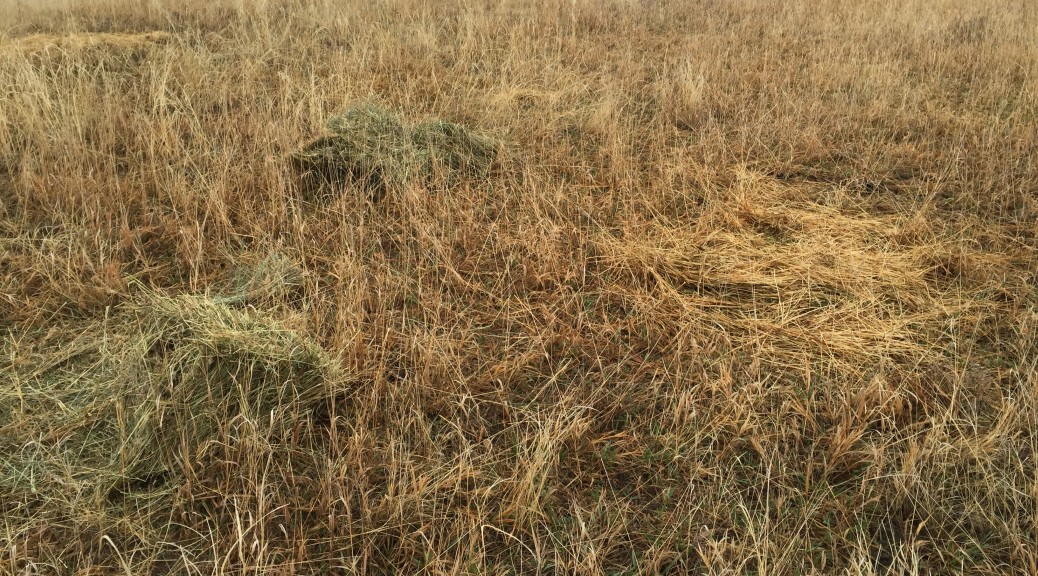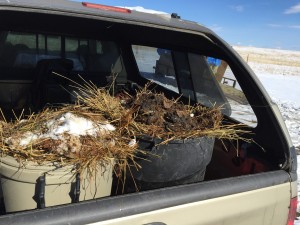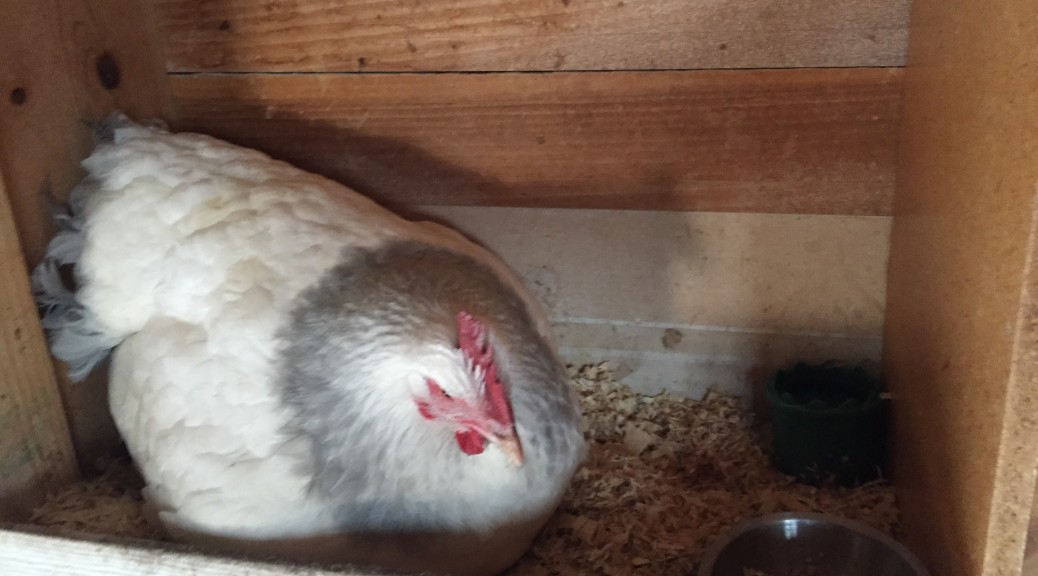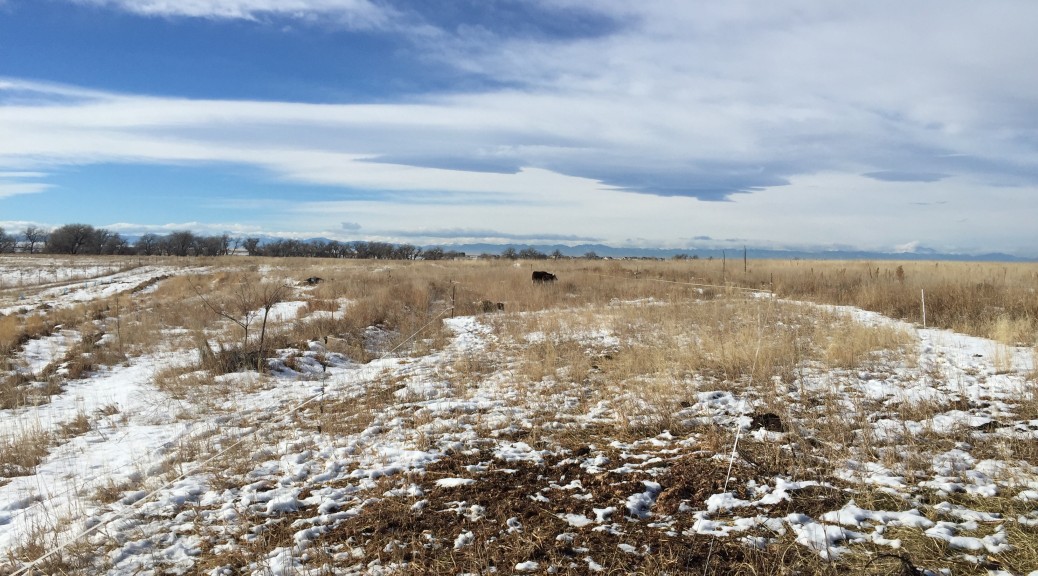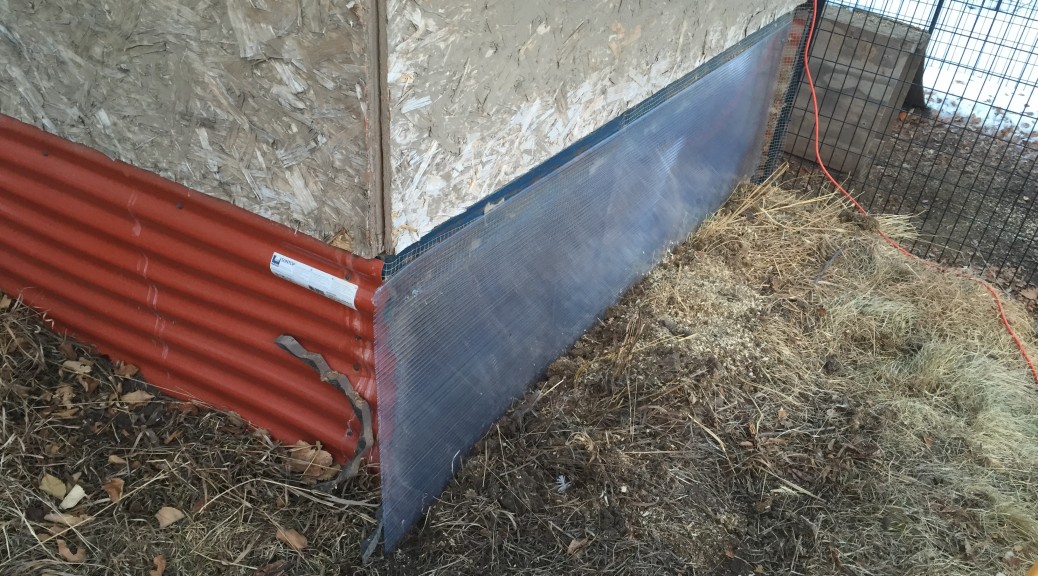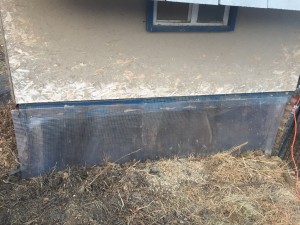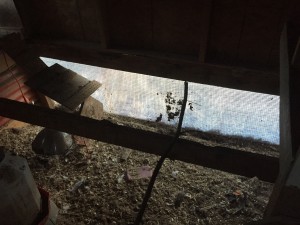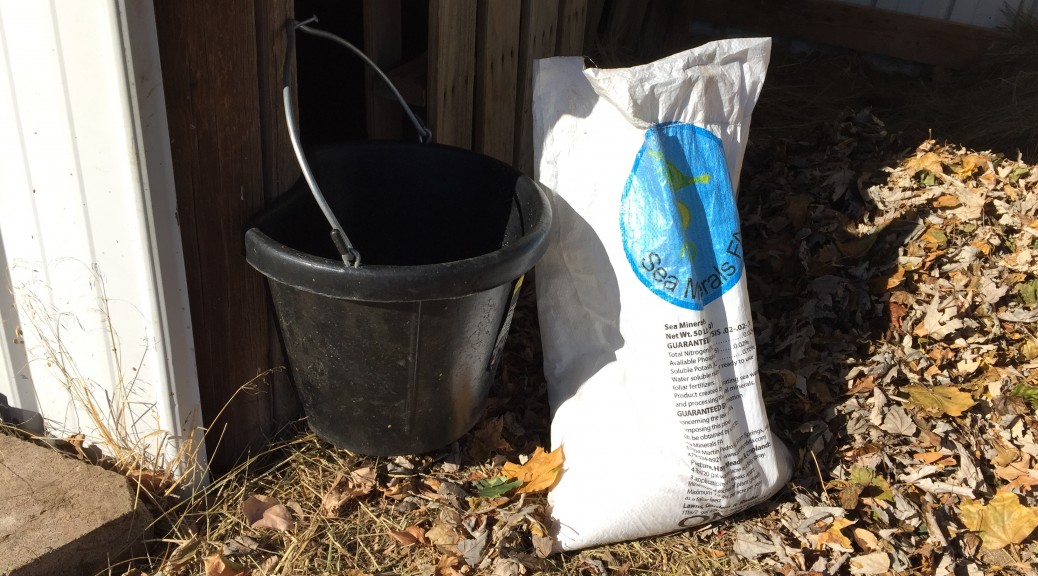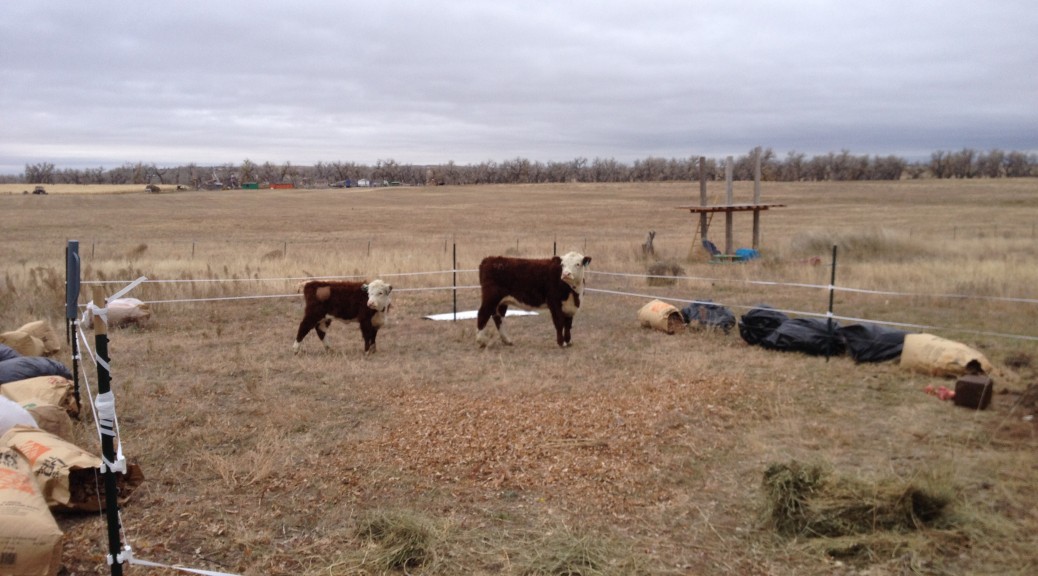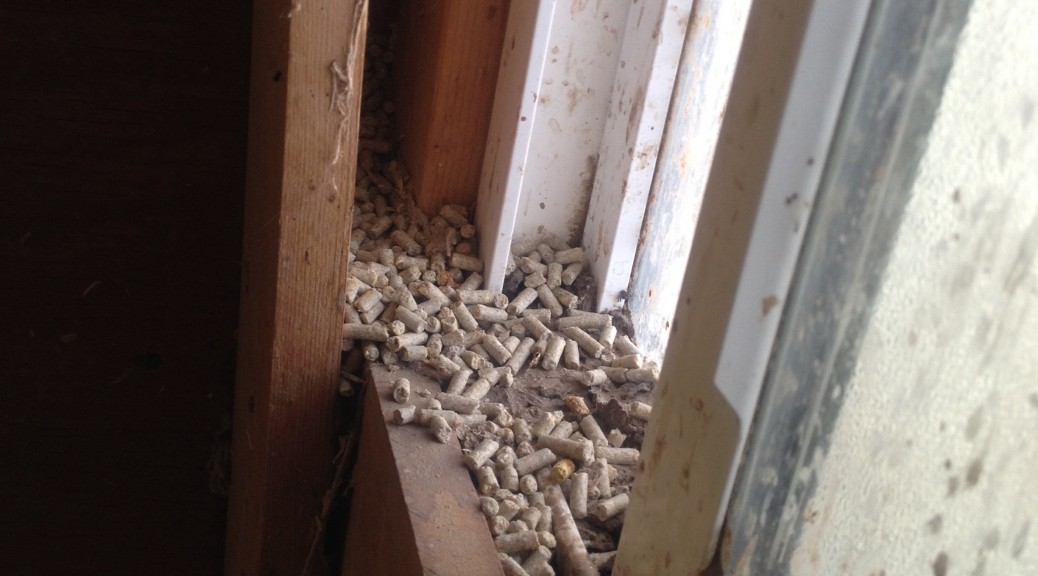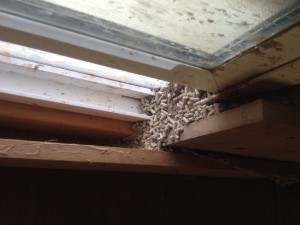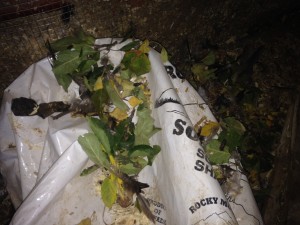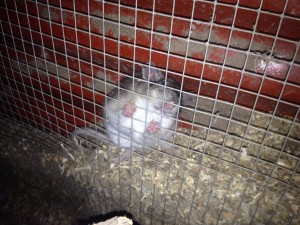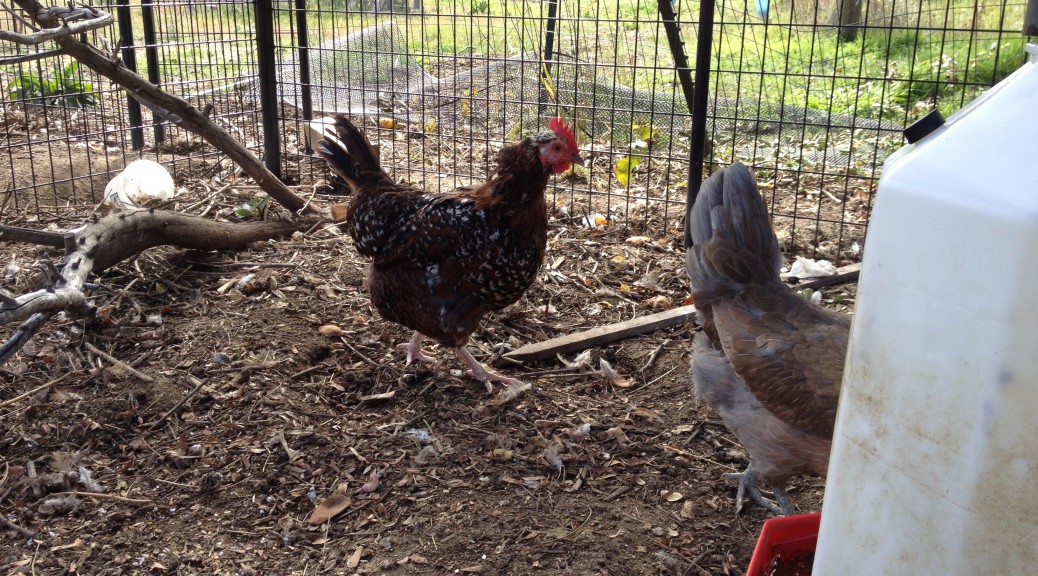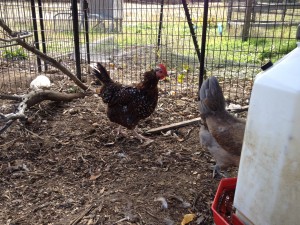I feel terrible that 11 chicks died the first night we got Cornish rock chicks. I believe I over heated the chicks by using a 250 watt heat lamp bulb. We ended up with a 75 watt house bulb which can still hear the area up under it to 100 if it is low enough. I aim for 95 degrees for the first week. I knew I should have put a thermometer in the brooder to begin with. The next morning 5 were dead and others looked and ended up dying. We saved one and kept others alive with the follow
ing techniques.
We noticed the chicks would start a death run throw their heads back, stretch out and die. If we grabbed then while they did this we would then hold them, massage them a bit while blowing air at their beaks. This kept them alive for quite a while as in over 30 minutes in some cases. The next challenge was to keep them from doing this again and dying.
We were successful in keeping one chick alive who did this several times. We used a syringe to give the chicks electrolyte infused water while we were holding them. Dropping a drip on their beaks. The healthier chicks kept drinking this water once we gave it to them. A sign they were hot a dehydrated. Another sign they were hot is they were spread out.
The final step we took with the chick that lived was to get her to start eating food. I set the chick down next to the feeder and moved the feed around with my finger for several minutes until the chick decided to eat. At that point she stayed calm and has lived for another day.
We started with 15 chicks which was well less than originally planned. This enabled me to use a smaller brooder than originally planned which in combination with the 250 watt heat bulb that TSC uses led me to assuming I should use the same bulb. I promise to not make assumptions again. I knew about using a thermometer but I didn’t. A bigger broder would have enabled the chicks to get away from the heat.
Hopefully these techniques will help you save some birds that are to hot or are dying of what I think is refered to as chick flip over death.
I plan to switch the heat source over to bulbs that produce red light or the heat stones that plug into bulb sockets sold for reptiles.
This photo was evidence to me that the birds were already to hot.


